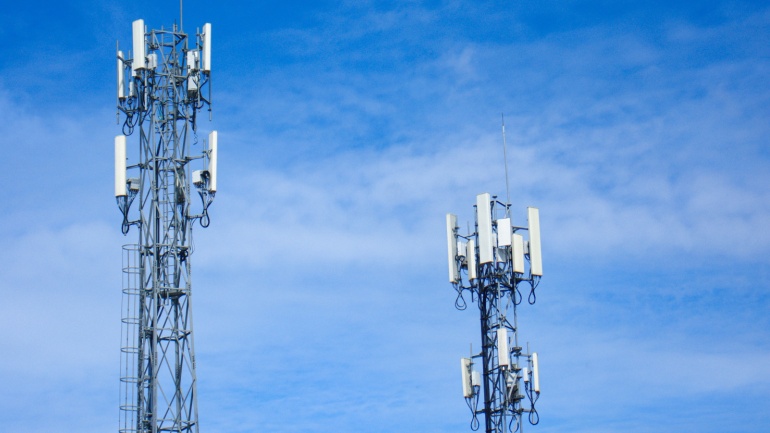In the rapidly escalating cadence of modern life, businesses and users alike have retained a soft spot for voice calls, a communication method that combines efficiency, reliability, and human connection. However, the recent State of the Call report by Hiya, a leading voice security firm, reveals a disconcerting wave of voice and fraud that threatens to undermine the trust this medium enjoys.
In fact, the report unveils that just last year, 16% of UK consumers fell prey to phone scams, with individual damages amounting to £634 ($798) on average. This puts into perspective the fact that global consumers collectively parted ways with an average of £1,792 ($2,257), with the figures spiking to £3686 ($4,649) for German consumers.
What’s more alarming is that this is not a sporadic issue. The typical UK consumer is believed to have received around four fraudulent calls per month in 2023. This translates to an average of nine minutes per week dedicated to filtering out these unwanted intrusions, charting close to 450 minutes per year on this unproductive task.
Hiya’s eye-opening findings are derived from a comprehensive analysis that incorporated over 221 billion phone calls, as well as the responses of 12,000 consumers, 1,800 workers, and 600 IT and security professionals. The analysis spanned multiple geographic territories, including the UK, the US, Canada, France, Germany, and Spain. The five crucial global trends identified in this process offer instrumental insights into the industry.
With a decisive preference for voice calls over emails or texts, consumers have shown a preference for voice as a conduit for conveying sensitive data or making significant business decisions. This preference was particularly apparent in communications with healthcare providers, banks/lenders, and credit card firms. This preference was equally reflected in businesses, with 66% of firms considering voice calls as “essential” or “very important” for accomplishing their goals, most notably sales.
Nevertheless, as voice calls continue to be a popular communication medium, they remain a prime target for malicious spam and fraud. Fraudulent call frequency has shown an alarming increase, from 24% of all unknown calls in 2022, to over 28% the following year, as revealed by Hiya’s data. This rise has not been sufficiently offset by preventive measures, with only a third of the consumers having downloaded phone fraud prevention apps, and a significant 59% expressing their unwillingness to pay for additional call protection.
Financial damage is not the sole consequence of spam and fraudulent calls. Consumers also lose precious time and mental peace, with the statistics putting the time spent on screening unwanted calls at over 7.6 hours per year. Understandably, this persistent pestilence led to 11% of users switching their carriers in search of a more secure calling experience, while another 27% are mulling over a similar decision.
From a corporate perspective, the rising volume of spam and fraud calls also presents a substantial obstacle that extends beyond the difficulty of successfully reaching consumers via voice calls. The hijacking or spoofing of company numbers by scammers has resulted in significant reputational damage, posing a severe challenge for all organisations.
Remedial measures are indeed the need of the hour. By implementing appropriate call identification and protection mechanisms, it will be possible to rebuild consumer trust and convince them to answer calls, as supported by the fact that 77% of consumers claimed that they are more likely to pick up a call if they are familiar with the caller.
Kush Parikh, President of Hiya, articulates the problem aptly: “Ninety-two per cent of consumers believe unidentified calls are fraudulent. As a result, nearly half of such calls go unanswered… This erosion of trust is not just a minor inconvenience; it’s a significant barrier to effective and secure interactions between businesses and their customers.”







